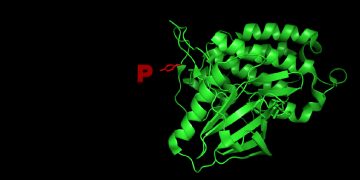
PCR Plates: 5 Tips to Guide Your Buying Decision

Resolved — Comic Series

6 Tips to Secure Funding for Flow Cytometers

Inflamed in the Brain: A Protocol for Studying Neuroinflammation in Mouse Brain Tissue

7 Tips for Purchasing Your Next Cell Sorter

10 Tips for Setting Up a Successful Cell Sorting Experiment

Protein Thermal Shift Assays Made Easy with
Bio-Rad’s Family of CFX Real-Time PCR Detection Systems

Do More with Less: Five Steps to Great Results Using One-Step Multiplex RT-qPCR

10 Tips for Western Blot Detection of Phosphorylation Events


